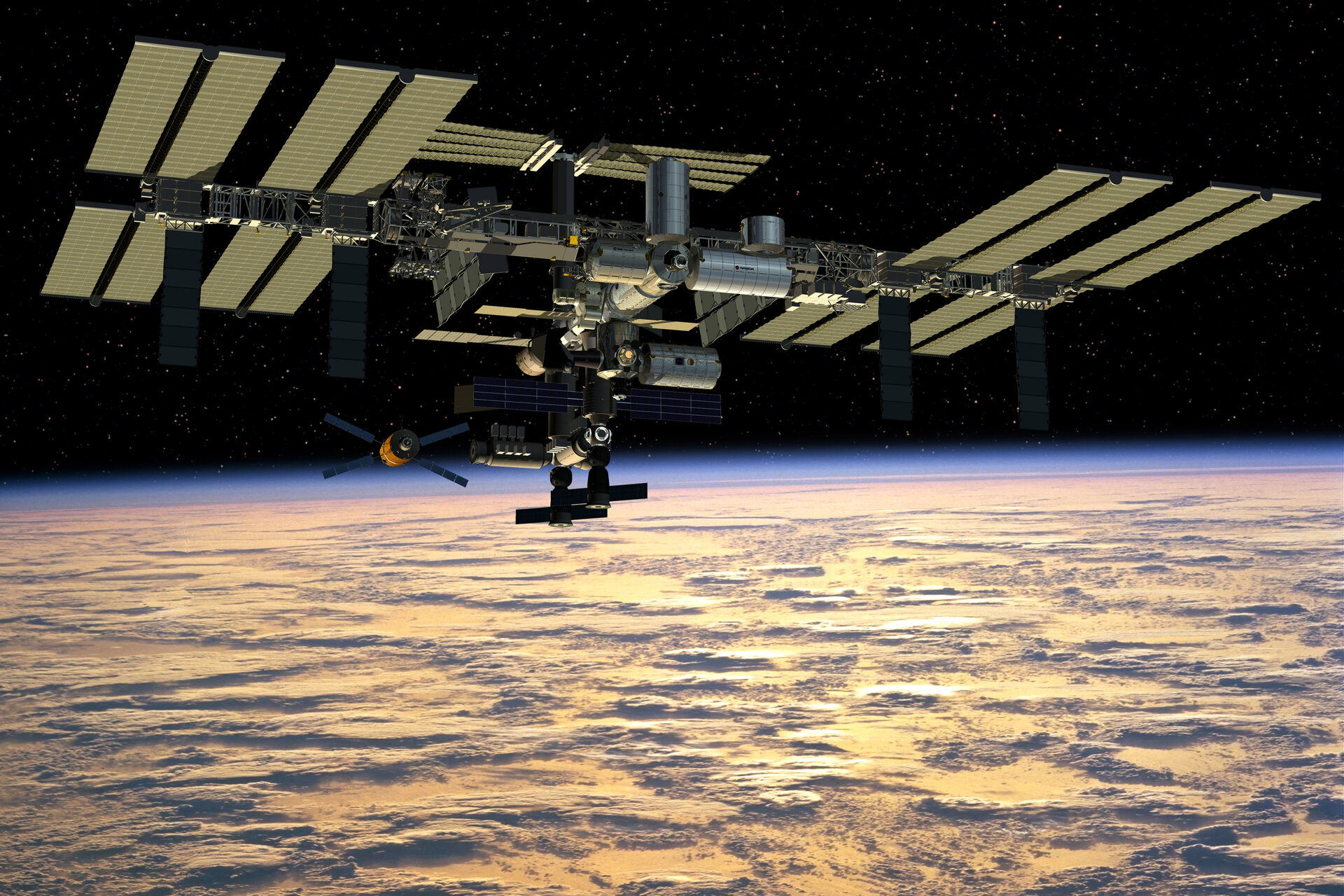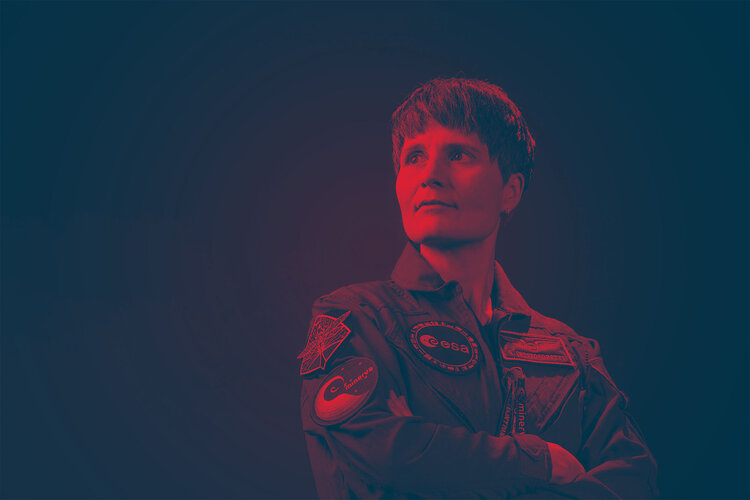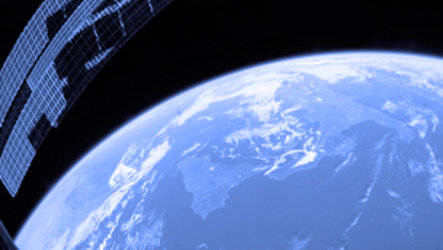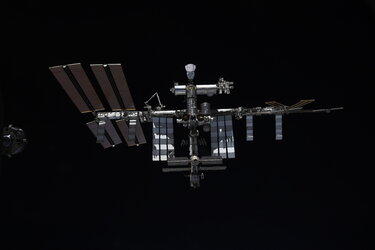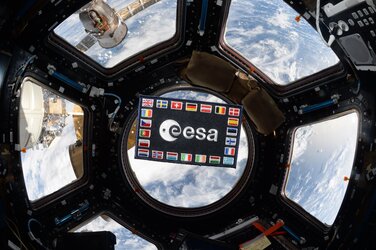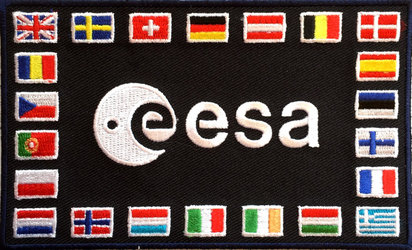ISS: International Space Station
Versatile permanently inhabited research institute in Low Earth Orbit
The International Space Station is a versatile research institute and a large observation platform in outer space for scientific research and applications. It also serves as a test centre to introduce new technologies. This permanently occupied human outpost in outer space also serves as a stepping stone for further space exploration.
| Dimensions and mass | |
|---|---|
| Width | 108 m |
| Length | 74 m (~88 m incl. ATV or Progress) |
| Height | 45 m |
| Pressurized volume | 1200 m3 |
| Total mass at completion | ~450 000 kg |
| Configuration | |
|---|---|
| On launch | Launched in components on launch vehicles provided by participating partners and assembled in orbit. |
| First launch | 20 November 1998 |
| Assembly complete | 2010 |
| On orbit | |
| Orbital altitude | 370-460 km |
| Orbital inclination | 51.6° |
| Orbital velocity | 7.6-7.7 km/s (around 27 500 km/h) |
| Launch vehicles |
|---|
| European Ariane-5 |
| Japanese H-IIA |
| Russian Proton |
| Russian Soyuz |
| United States Space Shuttle |
| United States Falcon |
| United States Antares |
| Transport vehicles for crew or supplies | |
|---|---|
| European Automated Transfer Vehicle (ATV) | Servicing and logistics |
| Japanese HII Transfer Vehicle (HTV) | Servicing and logistics |
| Russian Soyuz spacecraft | Manned spacecraft for up to three astronauts |
| Russian Progress vehicle | Servicing and logistics vehicle |
| US Space Shuttle (retired) | Manned spacecraft for up to seven astronauts |
| US Dragon | Servicing and logistics |
| US Cygnus | Servicing and logistics |
| Partners |
|---|
| Canada, Canadian Space Agency (CSA) |
| Europe, European Space Agency (ESA) representing 10 of the 18 Member States |
| Japan, Japan Aerospace Exploration Agency (JAXA) |
| Russia, Roscosmos |
| USA, National Aeronautics and Space Administration (NASA) |


